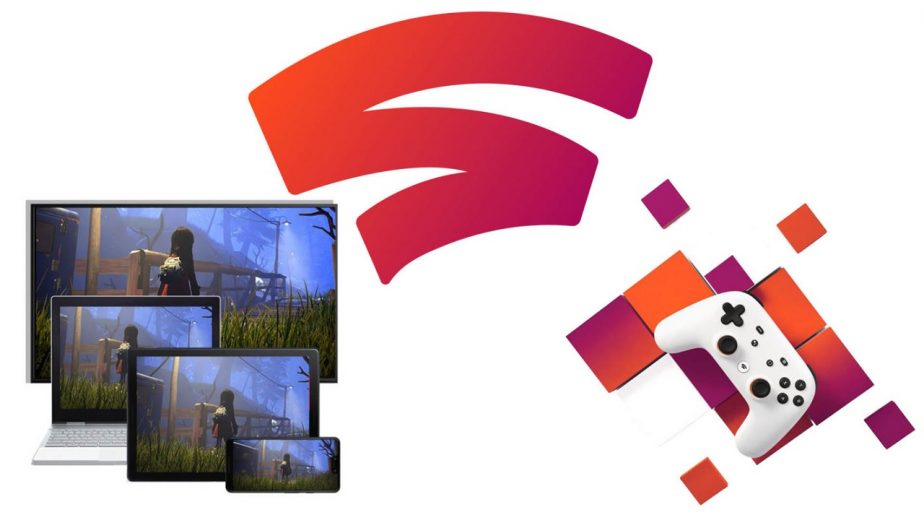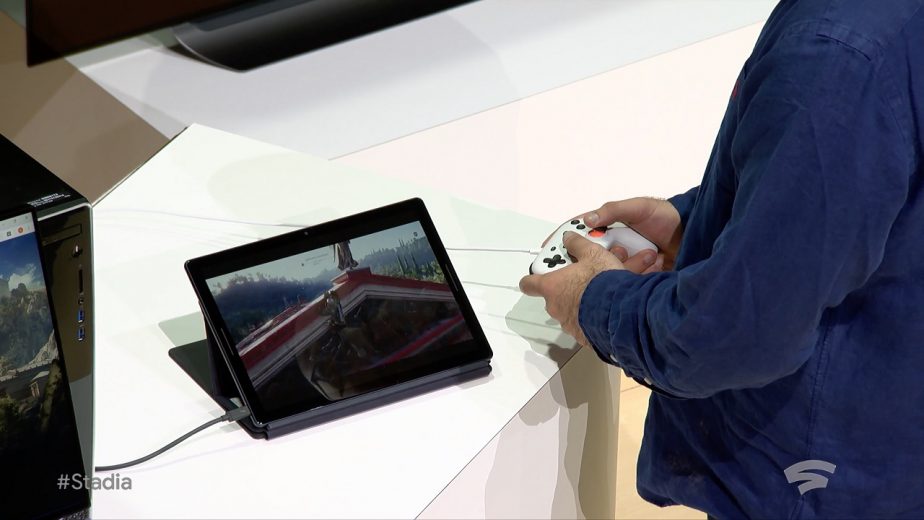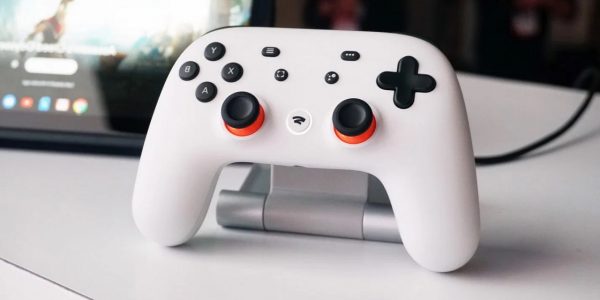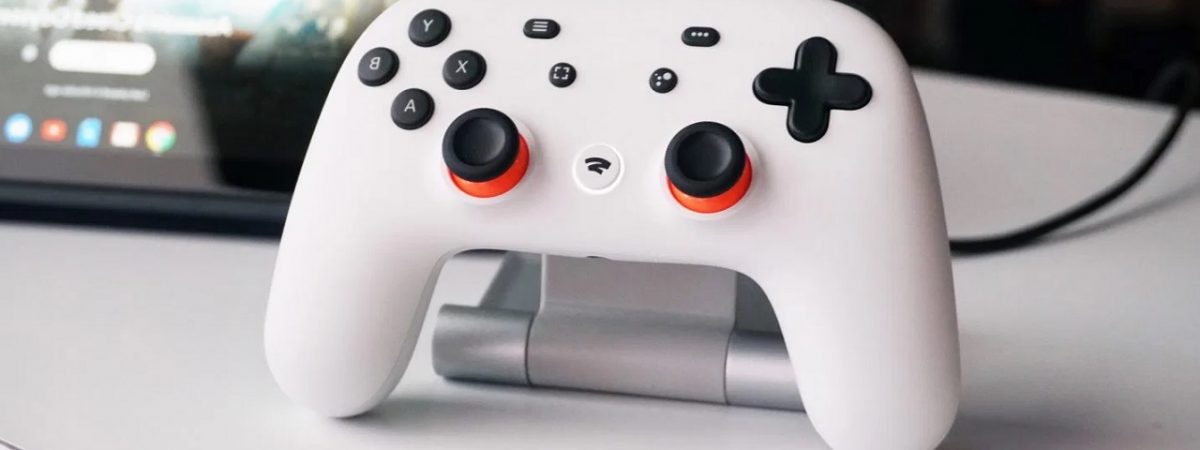Google Stadia is due to launch this November, and expectations are certainly high. While similar systems have been attempted in the past, none have had the resources of a company like Google behind it; giving the project potential to actually find a lasting niche for itself in the gaming ecosystem. Of course, many questions remain to be answered, not least of which being how feasible Stadia is on the average home internet connection. However, one potential area where Stadia could herald industry-wide change isn’t in the home at all; it’s in mobile gaming.
How Google Stadia Could Change Gaming on the Go
Google has gone out of its way to promote the biggest triple-A releases coming to Google Stadia when it launches; games like Ghost Recon: Breakpoint, for instance, or even Cyberpunk 2077 when it releases next year. However, it has struggled to attract exclusives of any kind. As a result, in the arena against PlayStation and Xbox, it may well find buyers, but is unlikely to displace either one from their current top spots. (Especially with a new console generation coming next year with significantly improved hardware.)

However, Stadia is available on smartphones and tablets, as well as on Google Chrome’s web browser. Gamers can use all of these on the go (via laptop, in the latter case). In this arena, Stadia faces a very different set of competitors. PlayStation, Xbox, and PC gaming are all restricted to static home environments at present. The mobile theatre’s only major console is the Switch, and competition with Stadia is likely to some degree. Stadia even offers a similar service to the Switch; giving users the ability to alternate between handheld and larger-display gaming. However, the Stadia and Switch will offer largely different gaming libraries, and that may reduce direct competition between the two.
Google Stadia on Mobile, Tablet, and Laptop
Now, on the go, the issues of streaming high-end games may be compounded by poor quality public WiFi, or place extremely high data requirements on mobile internet connections. However, if you look at Stadia as a means to play other games besides the triple-A new releases Google is primarily promoting, its appeal may broaden. If Google offers access to a large library of indie titles, for example; titles which are still great games but far less memory-intensive to run; then it may well appeal to the PC indie audience. After all, options are relatively limited right now if you want to play PC games on the go. Laptop users need to have games installed on their machines already, or make use of software like PuTTY Portable to access their home PCs from another device.

For now, it remains unclear how well Google Stadia’s launch will go. The sheer scale of the project means that outright failure is unlikely. However, long-term success is by no means guaranteed. Certainly, many gamers are likely waiting to see more evidence that Stadia can deliver decent quality gaming reliably on average internet connections before they’re willing to give the service a chance. For now, it will be worth watching the mobile gaming ecosystem following its launch. If the service fails to make a major impact against PlayStation and Xbox, it could still find a market for itself on mobile and portable gaming in early 2020.




